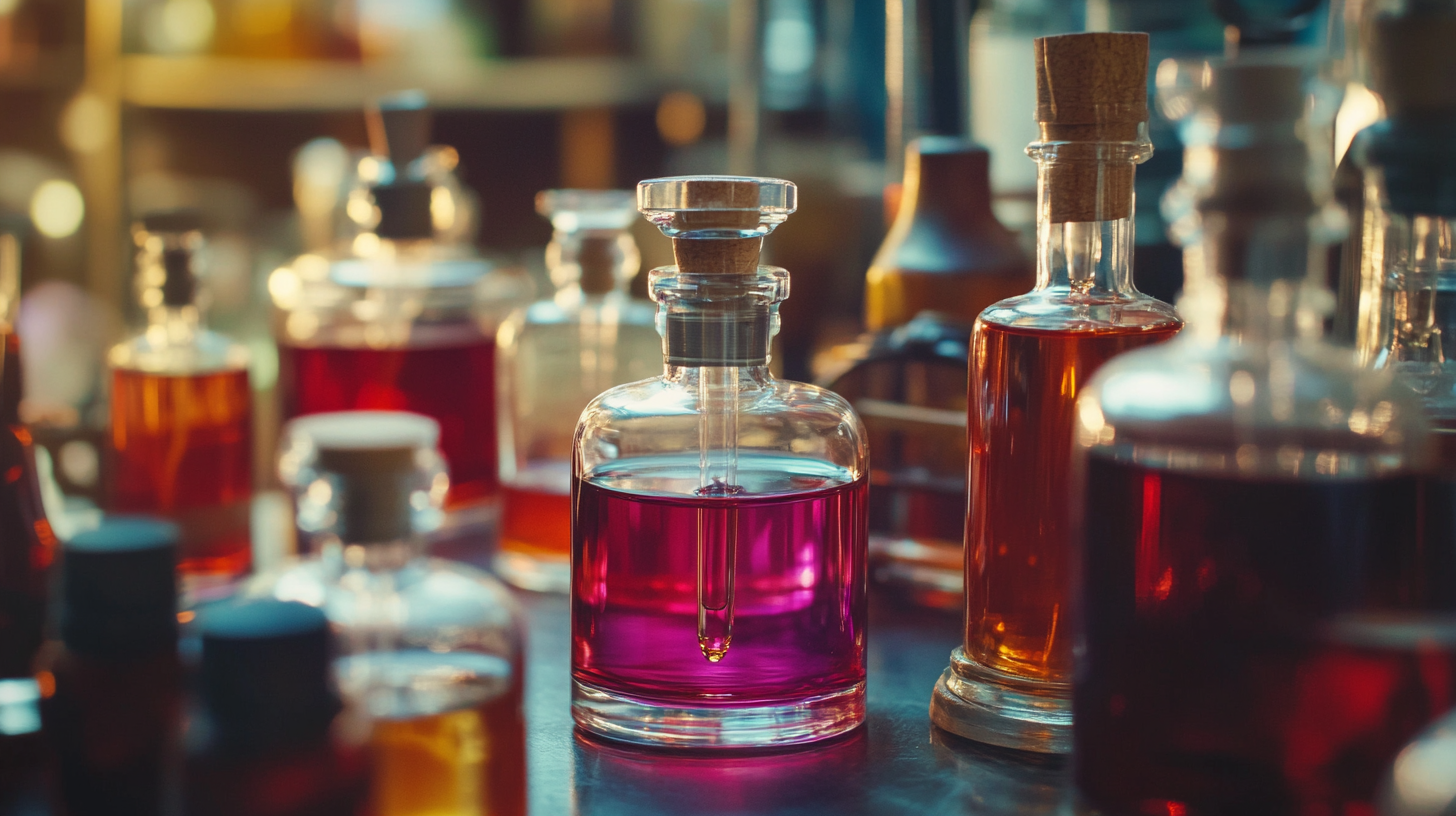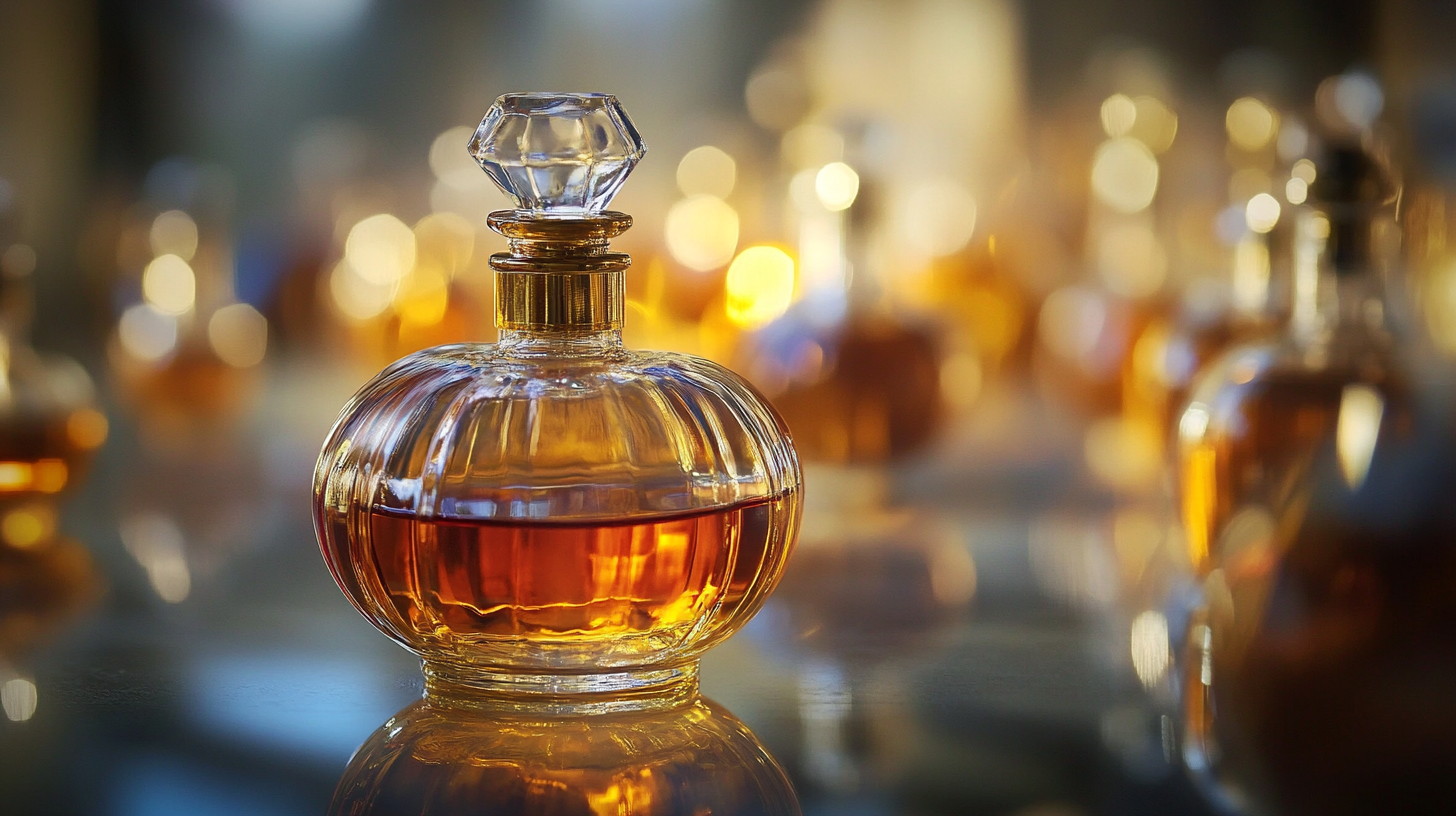
Navigating Production Standards for the Finest Perfume Extract on the Market
In the highly competitive fragrance industry, creating a premium perfume extract entails navigating a complex landscape of production standards that ensure both quality and compliance. The global perfume market is projected to reach USD 68.4 billion by 2026, with a significant focus on high-quality extracts that cater to discerning consumers (Source: Market Research Future). According to a report from Grand View Research, the demand for natural perfume extracts is surging, driven by a shift towards clean beauty and sustainability.

Understanding Fragrance Production Standards and Their Importance
Understanding fragrance production standards is crucial for both producers and consumers in the competitive perfume market. According to the International Fragrance Association (IFRA), approximately 3,000 different fragrance ingredients are utilized globally, but only a fraction meets the stringent safety and sustainability standards set forth by regulatory bodies. The IFRA Code of Practice outlines these standards, ensuring that the production processes prioritize safety, environmental protection, and ethical sourcing. This commitment to high production standards not only enhances the quality of the fragrance but also builds consumer trust.
Moreover, a report by the Fragrance Foundation indicates that 78% of consumers prefer brands that adhere to recognized production standards. This statistic emphasizes the growing demand for transparency and accountability in fragrance production. The implementation of strict guidelines not only safeguards the health of consumers but optimizes the overall quality of perfume extracts. As the market continues to evolve, understanding and maintaining these standards becomes imperative for brands aiming to deliver the finest perfume extracts while preserving the integrity and safety of their products.
Key Regulatory Bodies Involved in Perfume Import and Export Certification
The perfume industry, a multi-billion dollar market with an estimated value of $31.4 billion in 2020, is intricately regulated to ensure safety and quality. Key regulatory bodies play a pivotal role in overseeing the certification process for perfume exports and imports, ensuring compliance with various standards. In the European Union, the Regulation (EC) No 1223/2009 establishes strict guidelines for cosmetic products, including perfumes, requiring producers to adhere to rigorous safety assessments and ingredient transparency. The International Fragrance Association (IFRA) also provides crucial standards, setting limits on certain ingredients to protect consumers and the environment.
In addition to the EU regulations, the U.S. Food and Drug Administration (FDA) influences the perfume market by enforcing labeling requirements and safety measures. Companies looking to penetrate the lucrative U.S. market must navigate the complexities of both federal and state regulations. For example, the California Proposition 65 mandates disclosure of potential chemicals that could pose reproductive or developmental harm. These regulations not only ensure consumer safety but also promote ethical practices in sourcing and production. As industry standards continue to evolve, perfume producers must stay informed and compliant to maintain their competitive edge on the global stage.
Navigating Production Standards for the Finest Perfume Extract
Step-by-Step Guide to Obtaining Import and Export Certification for Perfumes
 Obtaining import and export certification for perfumes is a critical step in navigating the complex landscape of fragrance production. According to the International Fragrance Association (IFRA), the global perfume market was valued at approximately $30 billion in 2021, making compliance with regulatory standards essential for success. Manufacturers looking to enter this lucrative market must familiarize themselves with the various certification requirements specific to their target regions. For example, the European Union mandates compliance with the Cosmetic Products Regulation, which outlines safety assessments and ingredients transparency, ensuring that all products on the market meet high standards.
Obtaining import and export certification for perfumes is a critical step in navigating the complex landscape of fragrance production. According to the International Fragrance Association (IFRA), the global perfume market was valued at approximately $30 billion in 2021, making compliance with regulatory standards essential for success. Manufacturers looking to enter this lucrative market must familiarize themselves with the various certification requirements specific to their target regions. For example, the European Union mandates compliance with the Cosmetic Products Regulation, which outlines safety assessments and ingredients transparency, ensuring that all products on the market meet high standards.
A step-by-step approach can simplify this intricate process. First, manufacturers should gather detailed information about the ingredients used in their formulations, particularly those flagged by IFRA as potentially hazardous. This is crucial for completing the necessary documentation for the Registration, Evaluation, Authorization, and Restriction of Chemicals (REACH). Following this, it’s advisable to engage with a certification body that specializes in fragrance regulations. Their expertise can expedite the certification process and provide valuable insights into global market trends. In 2022 alone, companies compliant with these regulations reported a 15% increase in market access, highlighting the advantages of proper certification in enhancing brand credibility and expanding export opportunities.
Common Challenges in Navigating Perfume Production Standards and How to Overcome Them
Navigating the complexities of perfume production standards can be daunting for both newcomers and seasoned manufacturers in the industry. One of the most common challenges is understanding the regulatory requirements that vary across countries. These regulations often dictate everything from ingredient sourcing to labeling, making it essential for producers to stay informed.
To overcome these challenges, it's crucial to establish a thorough knowledge of the pertinent standards within your target markets. Engaging with industry associations and regulatory bodies can provide valuable insights. Additionally, here are a few tips to guide you:
- **Research Compliance Needs:** Regularly update your knowledge of local and international regulations to avoid potential pitfalls.
- **Connect with Experts:** Collaborate with professionals who specialize in regulatory affairs to ensure adherence to production standards.
Another significant hurdle is maintaining consistent quality throughout the production process. Variations in raw materials can lead to disparities in fragrance profiles and overall quality. Implementing quality control measures can help alleviate this issue.
- **Conduct Regular Testing:** Invest in testing equipment to evaluate raw materials and final products, ensuring they meet your defined standards.
- **Create Detailed Protocols:** Establish clear guidelines for each step of the production process to maintain uniformity and excellence in your perfumes.

Best Practices for Ensuring Quality and Compliance in Perfume Manufacturing
In the competitive world of perfume manufacturing, adhering to best practices is crucial for ensuring both quality and compliance. The foundation of a high-quality perfume extract lies in the careful selection and sourcing of raw materials. Manufacturers should prioritize using sustainable and ethically sourced ingredients while ensuring they meet regulatory standards. This involves conducting thorough audits of suppliers and choosing materials that are not only exquisite but also safe for consumers. Additionally, maintaining transparency in the supply chain fosters trust, which is essential for brand reputation in the perfume industry.
Another key aspect of production standards involves stringent quality control measures throughout the manufacturing process. Implementing a robust quality assurance system can significantly minimize defects and ensure that each batch meets the established fragrance profile. Regular testing of the finished product—through both sensory evaluation and scientific methods—helps identify inconsistencies and guarantees compliance with international safety regulations. Training staff on these practices enhances the overall quality management system and contributes to producing the finest perfume extracts available on the market. These practices not only elevate the product but also fortify the brand’s commitment to excellence.
Navigating Production Standards for the Finest Perfume Extract on the Market
| Dimension | Standard | Best Practice | Compliance Check |
|---|---|---|---|
| Quality Control | ISO 9001:2015 | Regular audits and testing | Internal and external audits |
| Raw Material Sourcing | Sustainable and ethical sourcing | Supplier certifications | Regular supplier reviews |
| Safety Standards | IFRA Guidelines | Adhere to ingredient restrictions | Periodic safety assessments |
| Packaging Compliance | REACH Regulations | Use of compliant materials | Documentation of materials used |
| Laboratory Standards | GLP Compliance | Maintain lab equipment | Regular calibration records |
